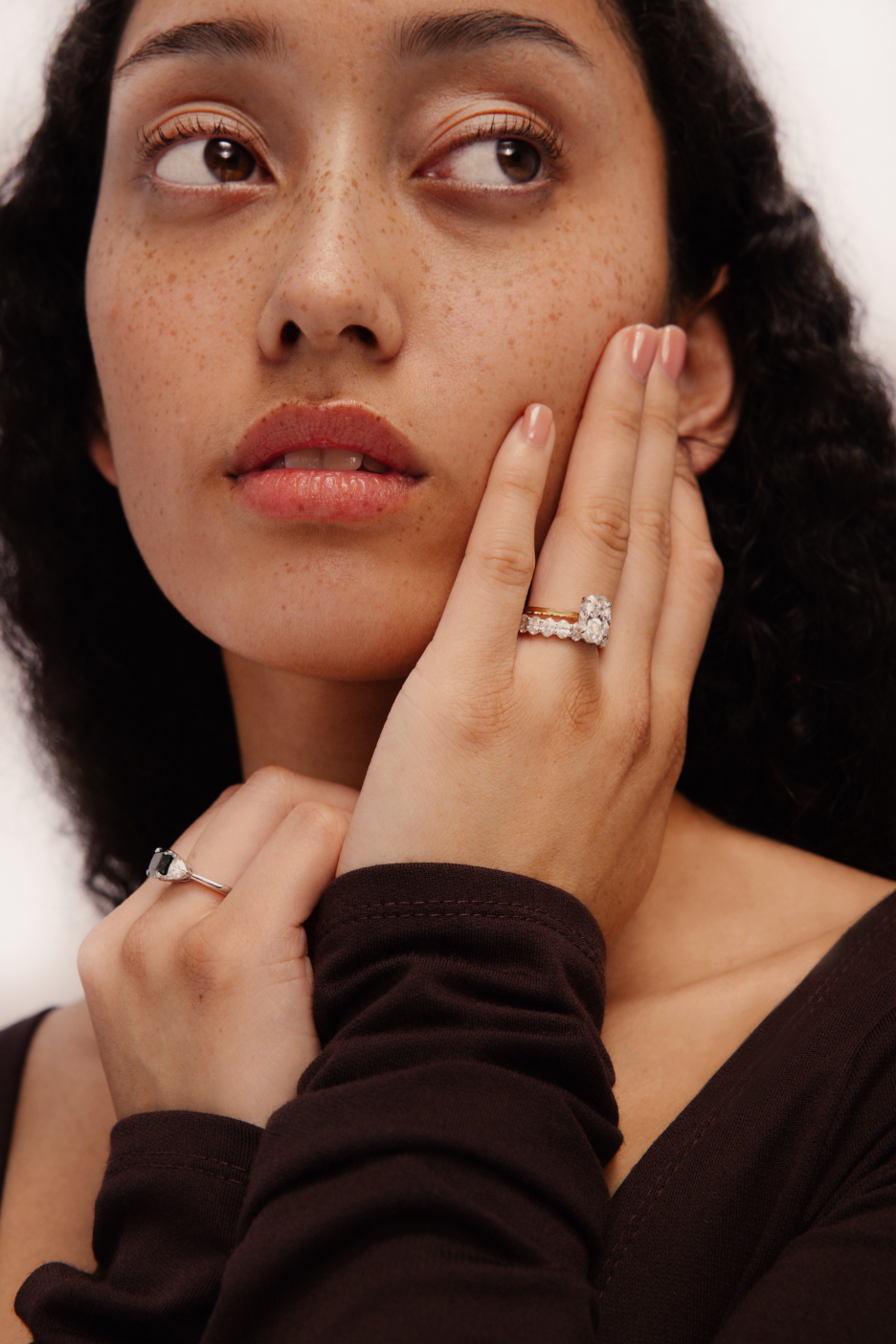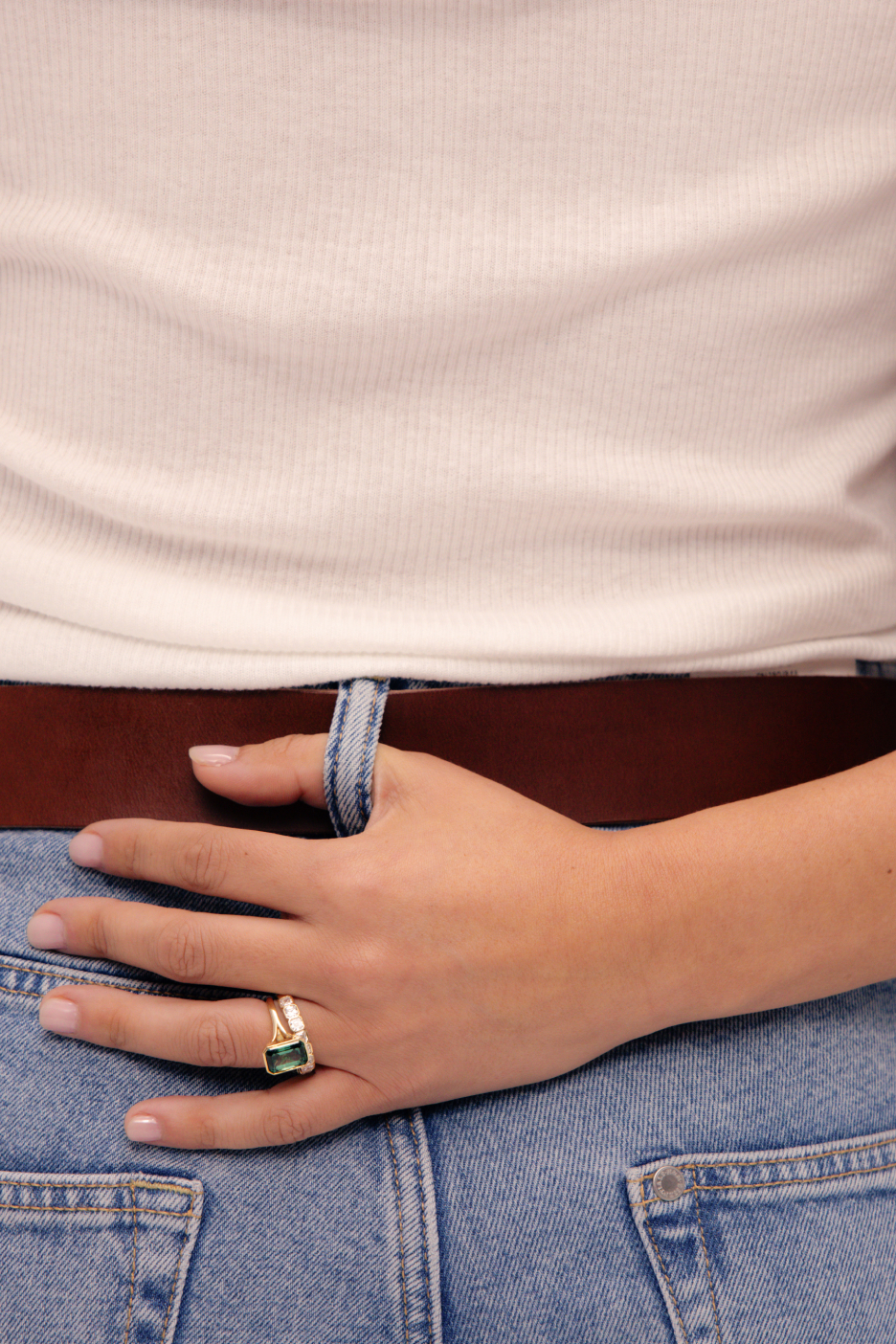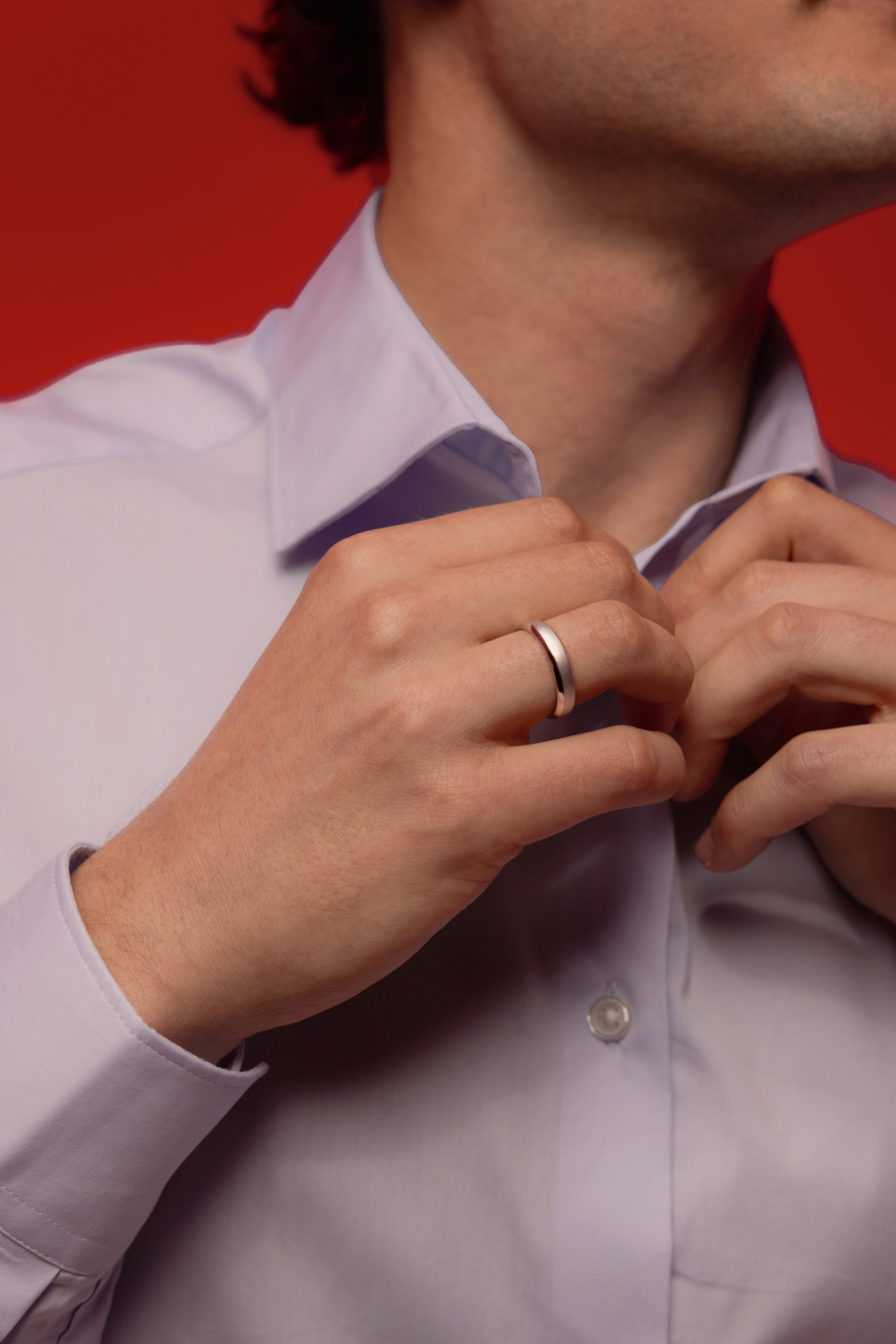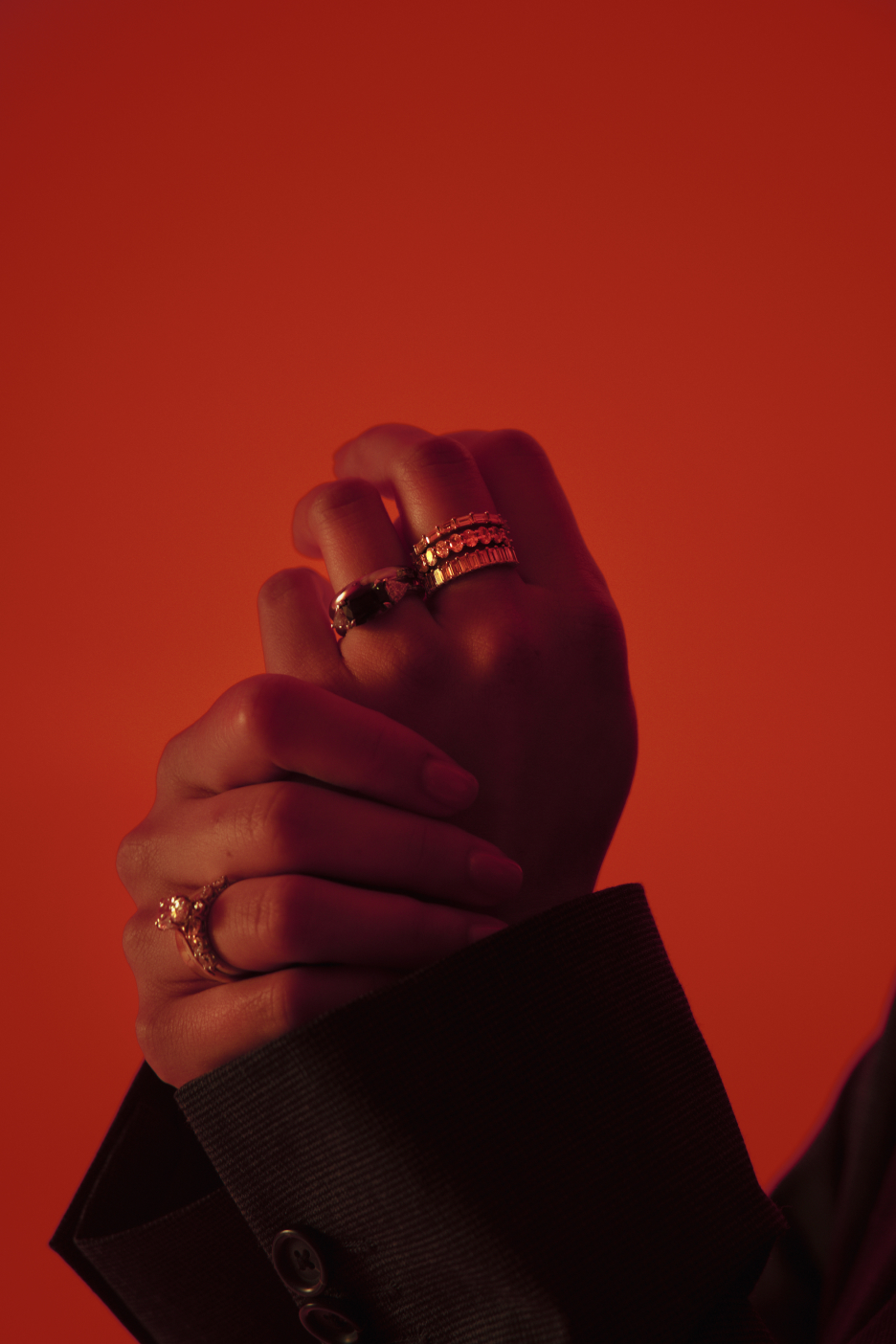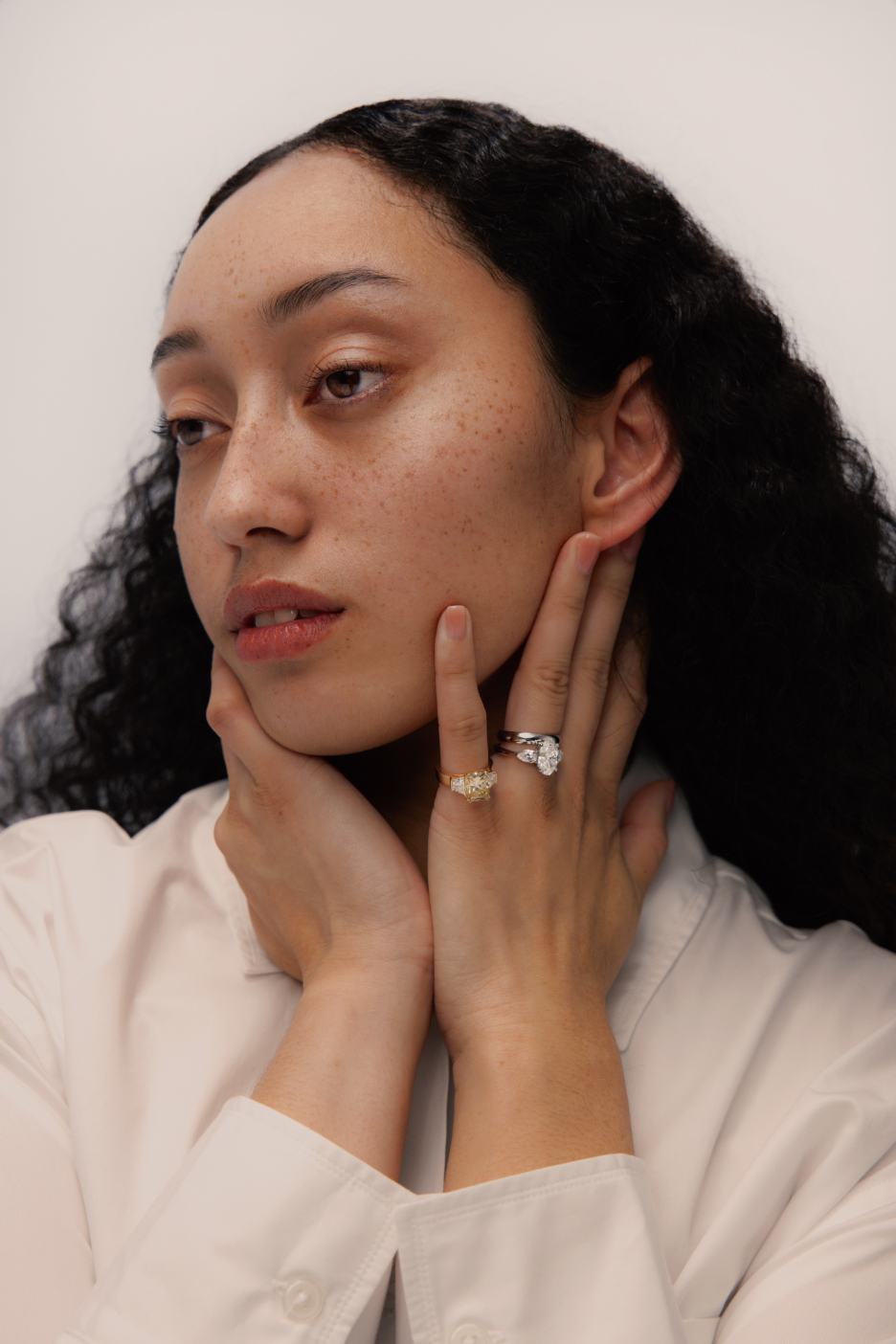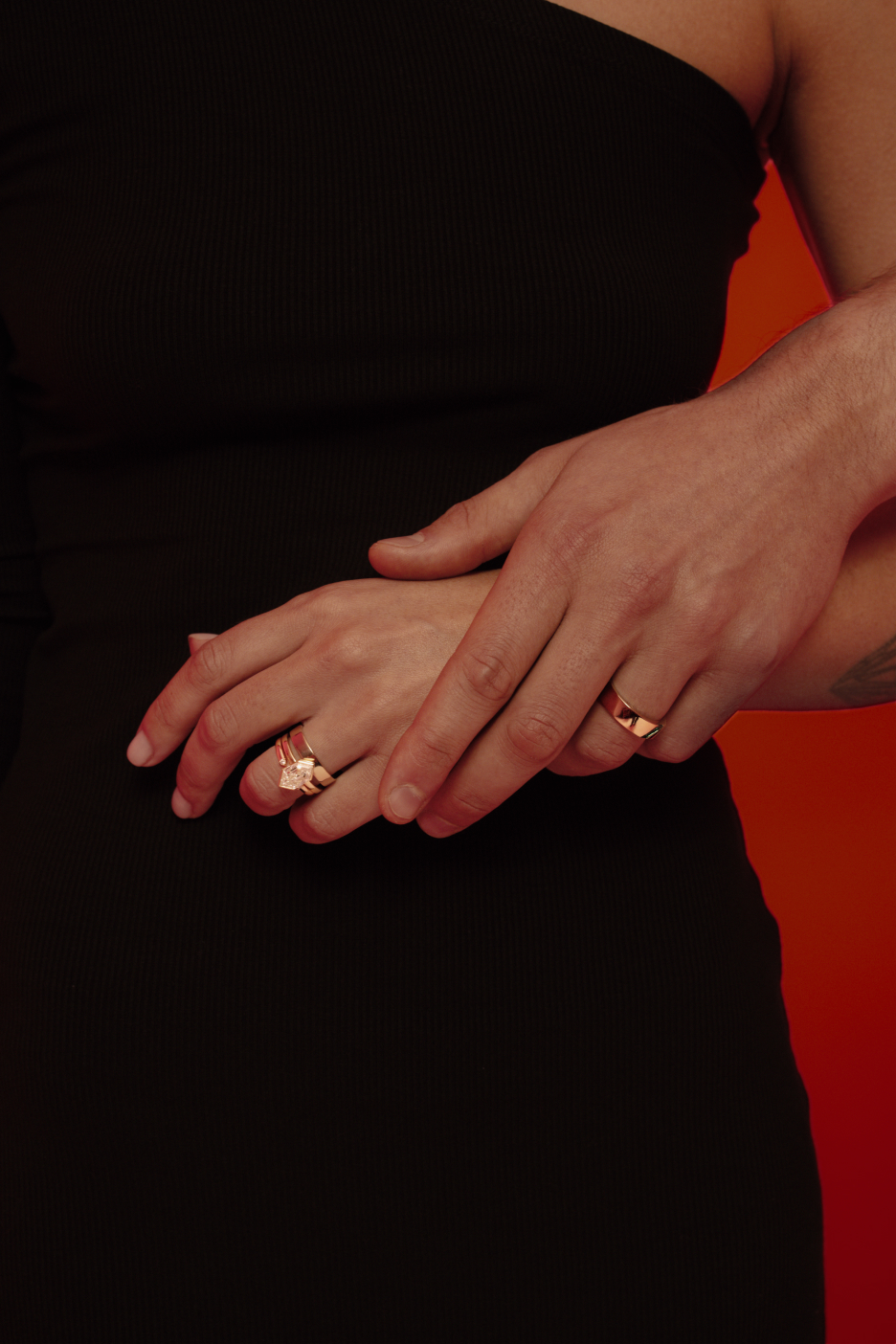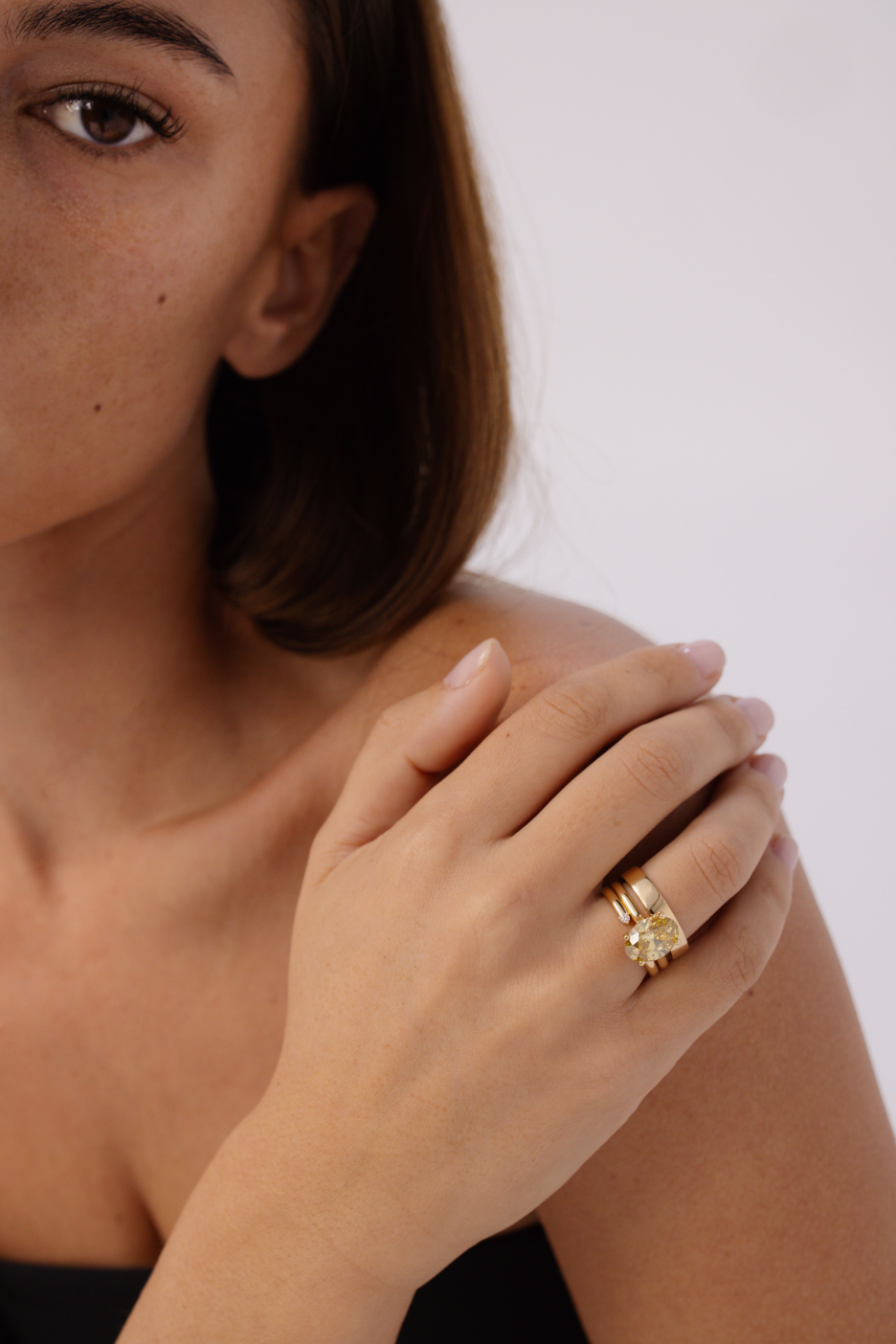Vintage Engagement Rings NZ: What you can do with a Heirloom

Vintage engagement rings are rings that have been used in proposals from between the 1300s to the 1970s. These are typically heirlooms (rings your grandparents may have had). But what can you do if you have been handed down an heirloom that isn’t exactly what you dreamed of?
There are ways to re-cut or reimagine it into your own personal modern creation. With Four Words you can get the diamond re-cut and set in the ring you have always wanted. Here’s the breakdown on how to get old school with a twist.
Why we love working with vintage engagement rings
1. Vintage engagement rings have high sentimental value.
Because vintage diamond engagement rings have typically been used before, each ring comes with its own unique story. It is, for this reason, it has become a popular choice for couples today. The most common example is a diamond engagement ring that is passed down as an heirloom.
Most vintage engagement ring diamonds are not as sparkly as modern diamond engagement rings.
This is because ‘back in the day’ methods to cut diamonds were limited and often handcrafted. They were also rare. The value coming from an older engagement ring depends more on the history of ring as opposed to the quality of the ring itself.

2. Vintage engagement rings have the least environmental impact
One major advantage of vintage engagement rings is that there is no new mining of diamonds. Since they have been passed from one person to another, they are one of the most sustainable engagement ring options.
While we primarily work with lab grown diamonds (you know… no ethical or sustainability concerns) – using these types of mined diamonds is a great way to reduce, recycle and honour the past. For this reason, Four Words is more than happy to work with these types of diamonds.
3. Vintage diamonds can be re-cut or re-purposed
Heirloom diamonds can be re-cut and tailored in the way that you want. It is a great way to respect the past with a personal touch — looking towards the future. However, if you believe that re-cutting the diamond takes away the story, they can also place the existing diamond on a new band. You can also add other diamonds or gemstones to make the engagement ring itself your own.

4. Vintage diamonds can still be certified
It may be easy to think that vintage diamonds don’t need to come with certification. Even though they may have been cut centuries ago, GIA and IGI can certify these diamonds.
If you are buying from a retailer or pawn shop, ensure that the diamond comes with independent verification to prove its legitimacy. A transaction history would also be a bonus. The last thing that you would want is to inadvertently buy a blood or conflict diamond.

5. They have warmer colours
Vintage cut diamonds are not as sparkly as modern diamonds. On the colour scale, they typically sit between J and go all the way down to Q and R (essentially yellow diamonds). The colour of a diamond is ultimately a matter of taste. And if you are looking to use an heirloom diamond, we can design our way around it so that you can keep writing your family’s story with the perfect engagement ring.
Types of vintage cuts in engagement rings
The Single Cut / Eight-Cut vintage design

The single-cut or eight-cut diamond can be traced back to the 1300s and hence, contains historic significance. This particular cut encapsulates eight crown facets and eight pavilion facets- creating a simple yet elegant octagonal shape.
Rose Cut

The rose-cut contains facets that vary between 3 to 24 sides. It has a rich history back to the 1500s. The appeal lies mostly in its shape which resembles a blooming rosebud. Popularity peaked during the Georgian and Victorian eras where oozing luxury was en vogue. The cut is not limited to round shapes – but has also been used for ovals, pears and square diamonds.
Old Mine Cut

The old mine cut is a square-shaped gemstone with slightly rounded corners similar to the modern cushion cut. These diamonds are characterised by a large culet and deep pavilion. This strategic shape allows today’s jewellers to minimise the loss of rough diamond post-cut and optimise for diamond carat size.
Old mine cut diamonds became available for sale in the early 1700s remained prevalent throughout the Georgian and Victorian eras. It was replaced by the Asscher cut for being more shinier.
Old European Cut

The Old European cut is the OG round diamond – it was the most popular diamond during the late 18th to 19th century. This was until it was replaced by the modern ‘Round Brilliant Cut’ for being much shinier.
Unlike the modern machine-cut diamonds, the Old European gemstone was hand cut and polished – giving the diamond a more organic and unique shape. Due to its manufacturing in the 1800s, this cut is considered the most contemporary vintage cut.
Where to next?
Feel inspired to use something vintage? They are sustainable, and typically come with a high sentimental value.
If you want to re-design a heirloom or incorporate it into a new design get in touch with us.
And if you have decided that vintage cuts aren’t for you, you can reach out to us to start to write your own story with us here.
We have also written guides on:
